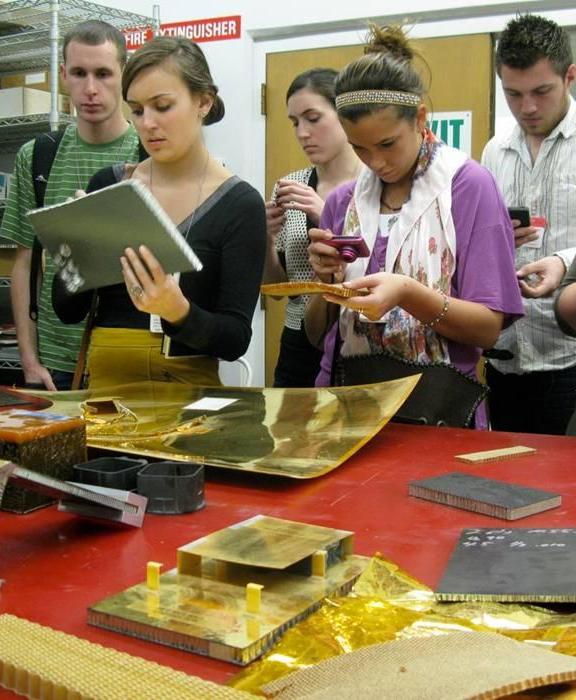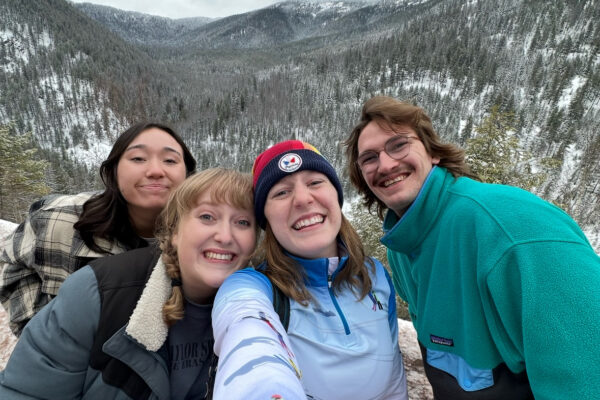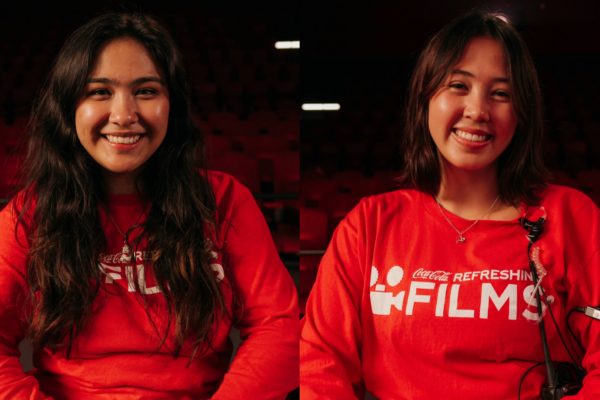By Laurie Swain ’12
“Imagine we had a satellite, one that gave us more time…time to think and prepare”

This sounds like an intro to a science documentary, but in reality it is the text in an animation created by Chapman University art major Michelle Billings. The animation explains one of the top missions for NASA and has been so well received that administrators at
Jet Propulsion Lab
have discussed using it on their website to better educate the public on this new endeavor.
This animation (posted below) was inspired by an interterm class visit which challenged students to explore the relationship between art and science. Such subjects aren’t usually thought of being similar, but the great Leonardo Da Vinci saw the value of studying both. So, too, does Lia Halloran, assistant professor, Department of Art, Wilkinson College. So Halloran created Art 329, an interterm class that explored the intersection of art and science.
[vimeo http://vimeo.com/19982227]
In addition to classroom instruction and studio time, were the study trips to JPL. Every Wednesday during interterm, the students in Halloran’s class spent the day up at JPL in Pasadena where they met with a variety of scientists and artists who explained their work and creative methods. Students also spent time in JPL’s material lab, where they learned firsthand how satellites are designed and how creativity comes into play as original ideas are adapted until a final product is reached.
One student in the class, sophomore art major Adam Ottke was intrigued by the amount of creativity at work in the science of engineering.
“I was surprised to see how many people came from an art background. The creative aspect of the thinking process is invaluable to JPL. The creatives imagine it, and the engineers realize it. It is quite a process to witness,” Ottke said.
The students were also introduced to one of the most important projects NASA is working on right now —
SMAP
, the inspiration for Billings’ info-animation. SMAP stands for “Soil, Moisture, Active and Passive” and will help scientists better understand the earth’s ground moisture levels and other factors better predict climate-related natural disasters.
To see more photos and read more about the class, visit the students’ blog, aptly named
“The League of Art Science Students”
.




Add comment